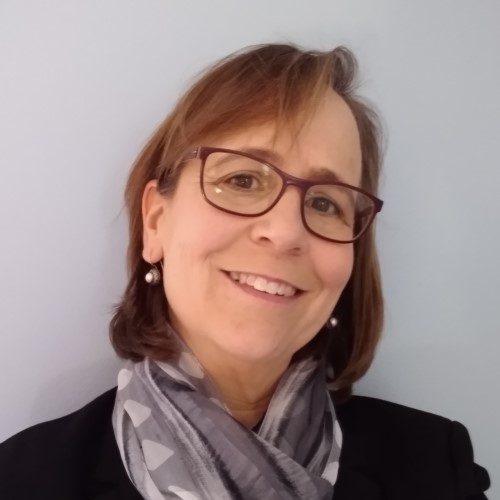About This Webinar

Vaccines, because they are formulated at low concentrations and with confounding excipients such as trehalose, are difficult to characterize with Raman, Fourier transform infrared (FTIR), or NIR spectroscopy — typically the chosen solutions for pharmaceutical characterization. But optical methods have significant cost-per-measurement and speed advantages over separations, creating the need for alternative spectroscopic approaches to characterizing vaccines. Kidder presents a novel method developed at HORIBA Scientific: Absorbance-Transmission Excitation-Emission Matrix (A-TEEM) spectroscopy. The method is based on excitation-emission matrix (EEM) fluorescence spectroscopy. A-TEEM incorporates UV-VIS, it has the specificity and sensitivity of separations, and it provides rapid measurement times that are a hallmark of optical spectroscopic tools. Although A-TEEM is a novel approach, it is built upon the combination of two well-established analytical tools that can be validated under U.S. Pharmacopeia (USP) chapters 853 and 857. Kidder shares a study in which four closely related combination vaccine formulations were easily differentiated, repeatably and reproducibly. She also demonstrates the ability to differentiate samples based on post-translational modifications, aging, and amino acid substitution.
***This presentation premiered during the 2022
Photonics Spectra Spectroscopy Conference. For more information on Photonics Media conferences, visit
events.photonics.com.
About the presenter:

Linda Kidder, Ph.D., is life sciences business development manager at HORIBA Scientific. She received her doctorate in physical chemistry from Johns Hopkins University and worked as a postdoc at the National Institutes of Health (NIH). She has decades of experience working with scientists in the pharmaceutical industry. She joined HORIBA in 2020 and has since worked to explore how the company’s capabilities align with unmet needs of the biopharmaceutical industry. Kidder is also active in the broader scientific community, supporting spectroscopy and analytical chemistry through her leadership roles in several professional societies. She was general chair of the SciX Conference in 2020. She has also served as a governing board member of the Society for Applied Spectroscopy (SAS) and as a board member of the Coblentz Society.